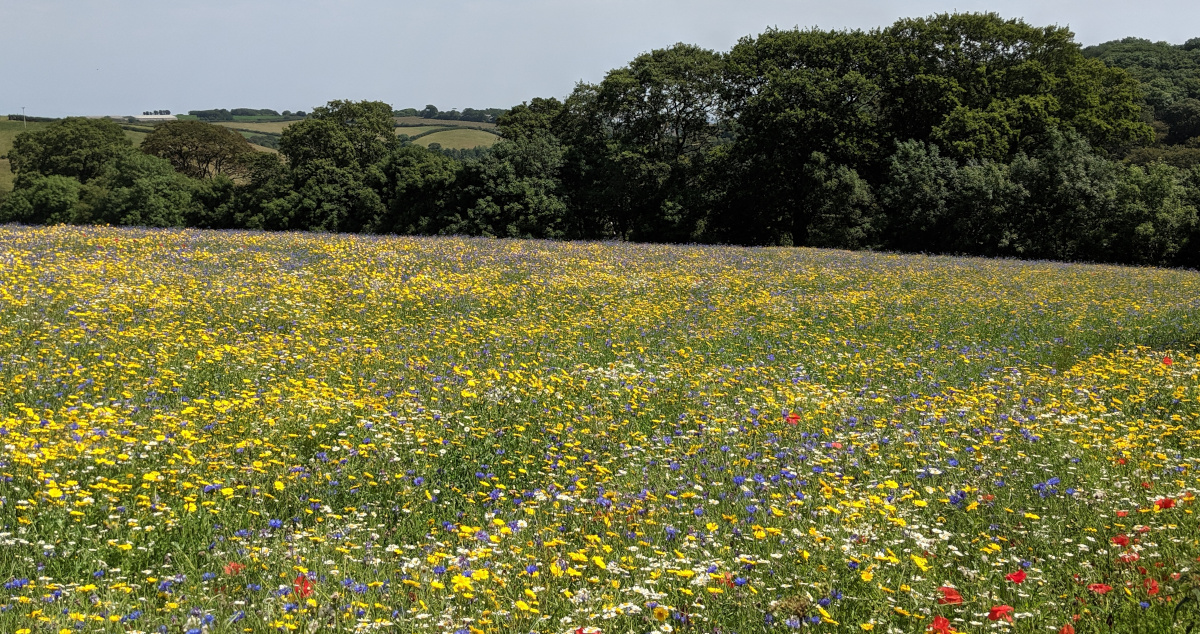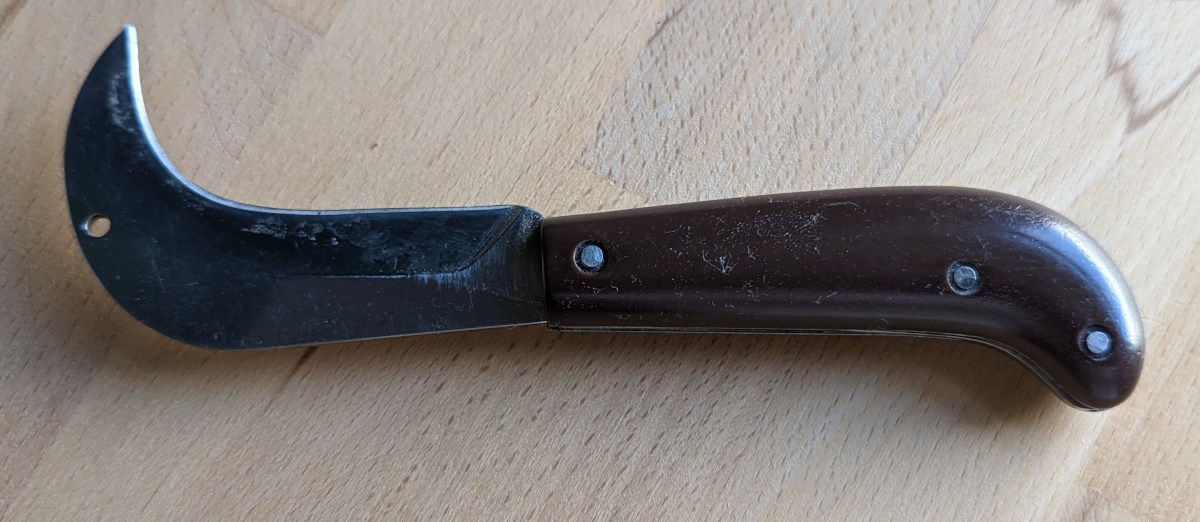How to start foraging and what equipment you will need when out and about.

When you go foraging, you should bring a few essential items and make some essential preparations.
These include a good pair of shoes, a hat, sunscreen, insect repellent, a water bottle, and a bag or basket for collecting your harvest. It's also helpful to bring a field guide or foraging app to help you identify edible plants and fungi accurately.
Getting ready to forage:
Foraging is a sustainable and environmentally-friendly way to source food, and it can also be a fun and rewarding hobby. In this article, we will share some of our top foraging tips to help you get started on your own foraging journey.
Know what you're looking for:
Before you start foraging, it's important to do your research and know what you're looking for. Take the time to learn about the different types of plants, fungi, and berries that are available in your area, and be sure to familiarise yourself with any poisonous lookalikes. There are many great resources available online and in books to help you identify different species.
Choose the right location:
When foraging, it's important to choose a location that is safe and legal to forage in. Be sure to check with local authorities to make sure that foraging is permitted in the area you plan to visit. It's also important to choose a location that is free from pollutants and pesticides.
Respect the environment:
Foraging is a sustainable practice, but it's important to do so responsibly. Be sure to only take what you need, and leave plenty for wildlife and other foragers. Avoid damaging plants and their surrounding habitats, and always stick to designated trails and paths.
Use the right tools:
Having the right tools can make foraging much easier and more efficient.
Below: My foraging knife. Small, fold-able and hooked.

A good pair of gloves will help protect your hands from thorns and prickly plants, and a small digging tool can be useful for harvesting root vegetables. A basket or cloth bag is ideal for carrying your foraged treasures.
Be mindful of the season:
Different plants and berries are in season at different times of the year, so it's important to be mindful of the season when foraging. Spring is a great time for foraging wild garlic, while summer is perfect for picking blackberries and elder flowers. Autumn is a great time for foraging mushrooms and nuts, while winter is a good time for foraging holly and ivy.
Join a foraging group:
Foraging can be a great way to connect with other like-minded individuals. Joining a foraging group can be a fun and educational experience, and it's a great way to meet new people who share your passion for foraging.
A basic equipment list for foraging:
Foraging can be a great way to connect with nature, and to get in touch with the food you eat. However, foraging can be a challenging endeavour, and having the right tools and supplies is crucial to ensure a successful and safe foraging experience.
- A reliable method of communication: Being able to contact people or emergency services is of paramount importance.
- A sturdy backpack: You need a backpack that is durable and large enough to carry all of your foraging supplies, including food, water, and any tools you may need. Look for a backpack with comfortable straps and plenty of pockets to keep your supplies organised.
- A foraging knife: A foraging knife is a must-have tool for any forager. You need a knife that is sharp enough to cut through tough plant stems and roots, but also small enough to fit in your pocket. Look for a knife with a comfortable grip and a blade made of high-quality steel.
- A field guide: A field guide is an invaluable tool for identifying plants and fungi in the wild. Look for a guide that is specific to your region, and that includes detailed descriptions and clear photographs. A good field guide will also provide information on the edible and medicinal properties of the plants you encounter.
- A compass and map: A compass and map are essential tools for navigating the wilderness. Look for a compass that is easy to read and has a durable housing. A map should be detailed and accurate, and should include topographical information to help you navigate difficult terrain.
- Gloves: Gloves are an important safety tool for foragers. Look for gloves that are durable and comfortable to wear, and that provide protection against thorns, nettles, and other prickly plants. A good pair of gloves will also help to prevent blisters and cuts on your hands.
- A first aid kit: A first aid kit is a must-have for any outdoor activity, including foraging. Look for a kit that includes basic medical supplies such as bandages, antiseptic, and pain relievers. You should also consider adding items such as tweezers and a snake bite kit if you are foraging in an area with venomous snakes.
- Water bottle and snacks: Staying hydrated and nourished is essential when you are spending time in the outdoors. Make sure to bring plenty of water and high-energy snacks, such as nuts or energy bars, to keep you fuelled throughout the day.
Having the right tools and supplies is essential for a successful and safe foraging experience. By investing in high-quality gear, you can ensure that you are well-prepared for any situation that may arise.
